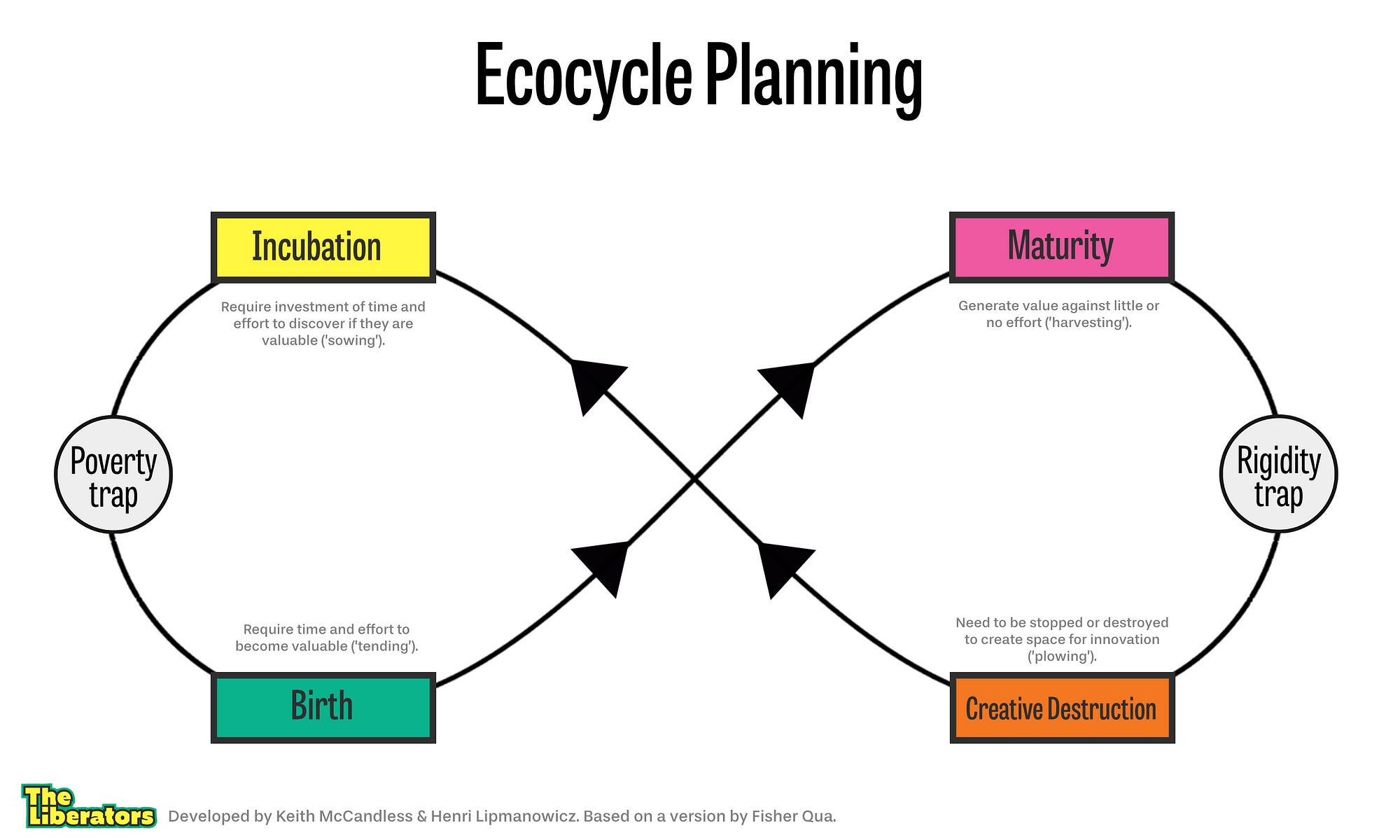How do you get the desired results in meetings? What are the ingredients for good discussions? Is it possible to let everyone actively contribute in meetings? These were some of the questions I had when I became a scrum master not long ago. Luckily these questions were quickly answered when a new agile coach was hired on the project I work for. He introduced me to the concept of liberating structures. Liberating structures are 33 different methods of interaction which you can use in meetings to get the desired outcome.
To get more familiar with Liberating Structures that same colleague invited me to the Liberating Structures User Group Netherlands. This meetup is organised by Barry Overeem and Christiaan Verwijs and is a playground for everyone that wants to become better at applying Liberating Structures. It probably won’t surprise you that the upcoming 2 hours were planned using Liberating Structures. In this blog post I will describe some of the Liberating Structures that were used during the meetup. I will also talk about how I use these structures in my day to day meetings. For simplicity I will now shorten Liberating Structures to LS!

Folding Spectrogram
This LS consists of the following steps.
- Ask everyone to form a line in order of experience.
- Fold the line. In this way the people with the least experience will be paired with the people that have the most experience. Let the pairs discuss the subject.
- Fold the line again. You’ll now have groups of four people. Let these people again discuss the subject.
- When the discussions are over the results will be shared with the rest of the group.
The interesting thing about this LS is that it gives guidance to the least experienced people by pairing them with the most experienced people. This can lead to new insights for both the inexperienced and experienced people.
Ecocycle Planning
By placing items on the ecocycle the team will gain an insight in which phase those items are in. As an example we will take our daily standup. A team will put this item on the “Incubation Phase” when they’re planning to do one but they’re not doing it yet. When all items are distributed across the cycle you can check per item what the steps would be to get this item to the next phase. This LS is useful for gaining insight in the current standings of the team.

User experience Fishbowl
During this LS you’ll need to put a few chairs in the middle of a room. These chairs will be occupied by a few experienced attendees. The rest of the group will gather around these chairs and prepare themselves to take notes. After that the experienced attendees will start a discussion on the chosen subject. The rest of the group will take notes and think of any questions they want to ask to the experienced people. When the discussion is over the questions that were written down will be answered by the group of experienced people. This LS allows you in a playful way to get more insight in chosen subject.
1-2-4-all
This structure starts with everyone writing down their ideas on a piece of paper. These ideas will then be discussed in pairs. Any new ideas that might come up need to be written down as well. After this the pairs will pair up with another pair. Again, the ideas will be shared with each other. After this the most important idea of every group of four will be shared with the rest of the group. This structure allows every member of the meeting to give input to the discussion.
25/10 Crowd Sourcing
Let every attendee write down one idea on a piece of paper. This piece of paper will then be passed to another person. This person will read the idea and put a score of 1 to 5 (where 1 means that you don’t really like the idea and 5 means that you’d like to start working on that idea tomorrow first thing) on the backside of the paper. For a second time the card will be passed to someone else. This process will repeat itself until every piece of paper has five scores written down on it. The last person will sum the scores and write down the total score. The card with the highest total score should be the best possible solution to the problem.
15% solutions
Let everyone write down one solution for which they don’t need any extra time, approval or resources. These solutions can be shared with the rest of the group. This is a very simple way to find solutions to problems
Impromptu Networking
Let the attendees of the meeting pair up with each other. Each pair will talk a few minutes about the subject. After that, new pairs will be formed. Repeat this process a few times. When everyone is finished the group can share with each other which patterns they’ve heard in their conversations. This is a nice structure to let a group jump to conclusions quickly.
Conclusion
It was a very interesting meetup. The best thing about it was that everyone was very open and friendly to each other. I’m using some of the above mentioned LS in the weekly meetings that I organise. Especially whilst organising the retrospective these LS come in very handy. It offers a great way to get input from everyone which can then be summarised into concise action points. Keep in mind that I only shared 6 of the 33 total Liberating Structures. There’s way more to discover!